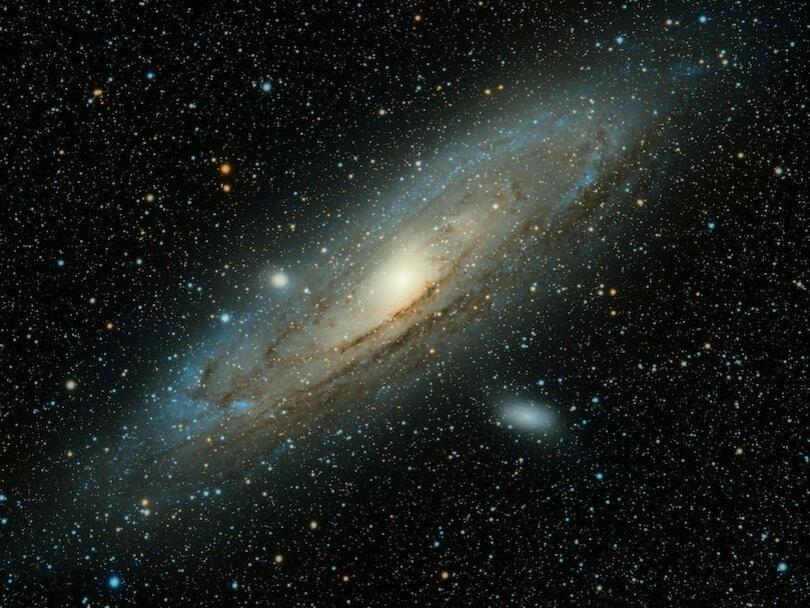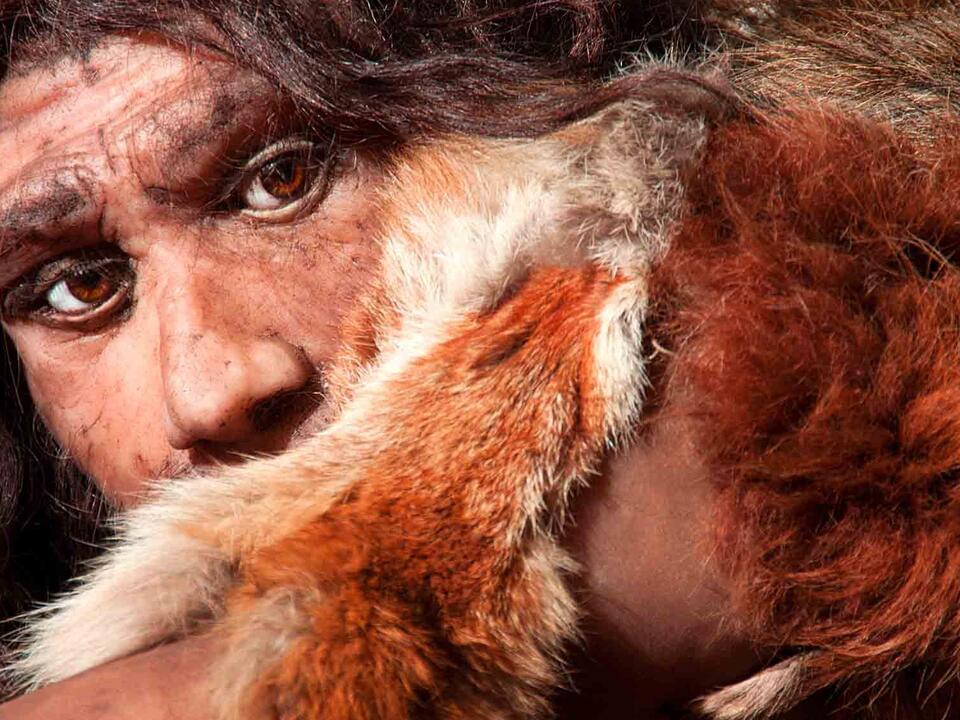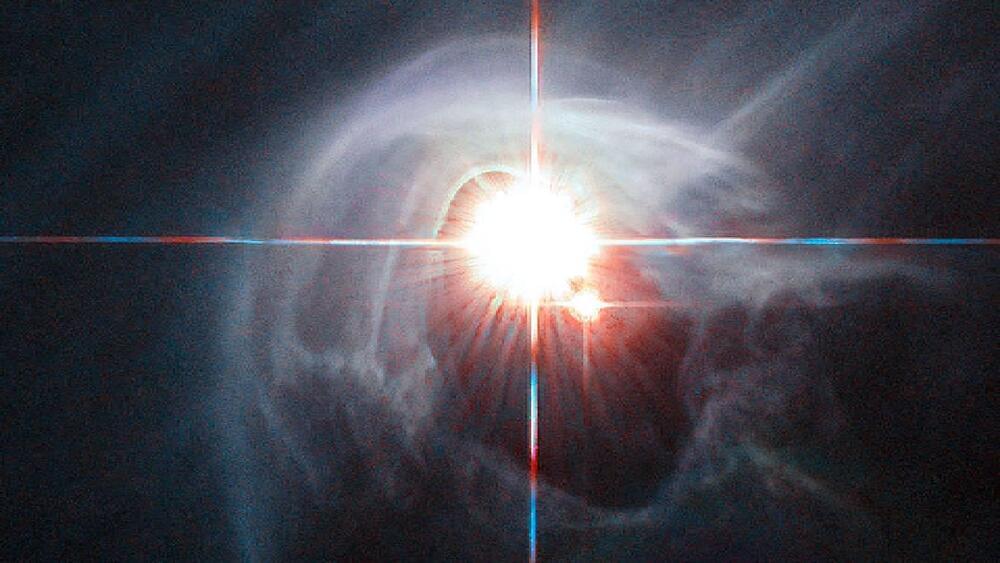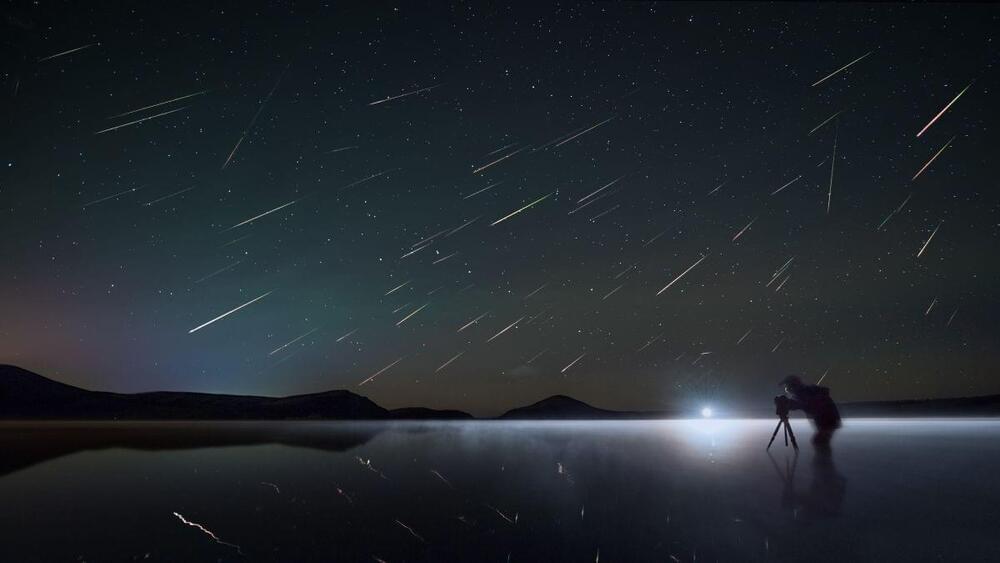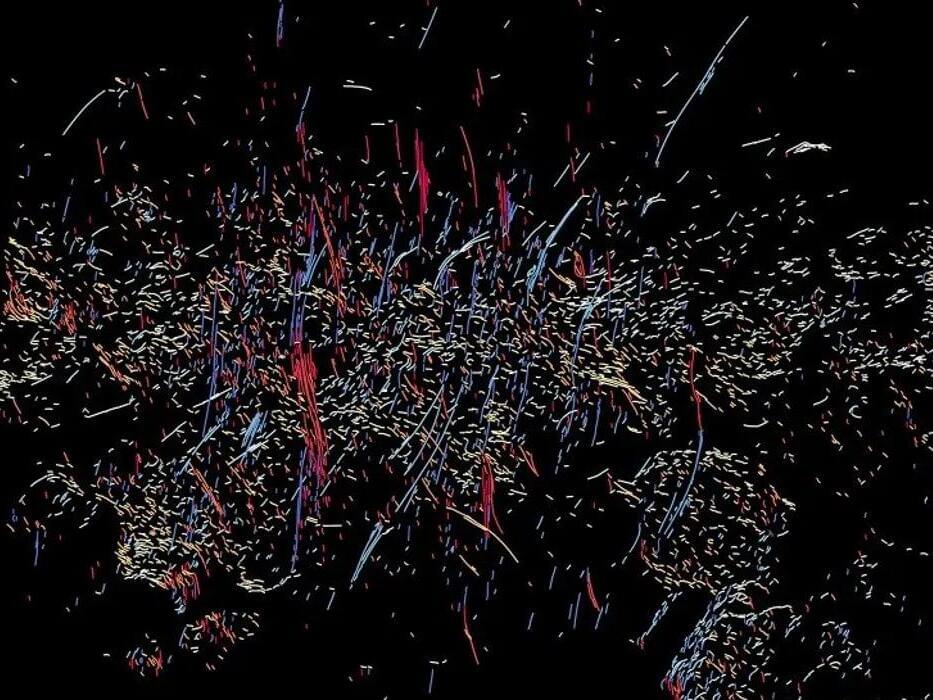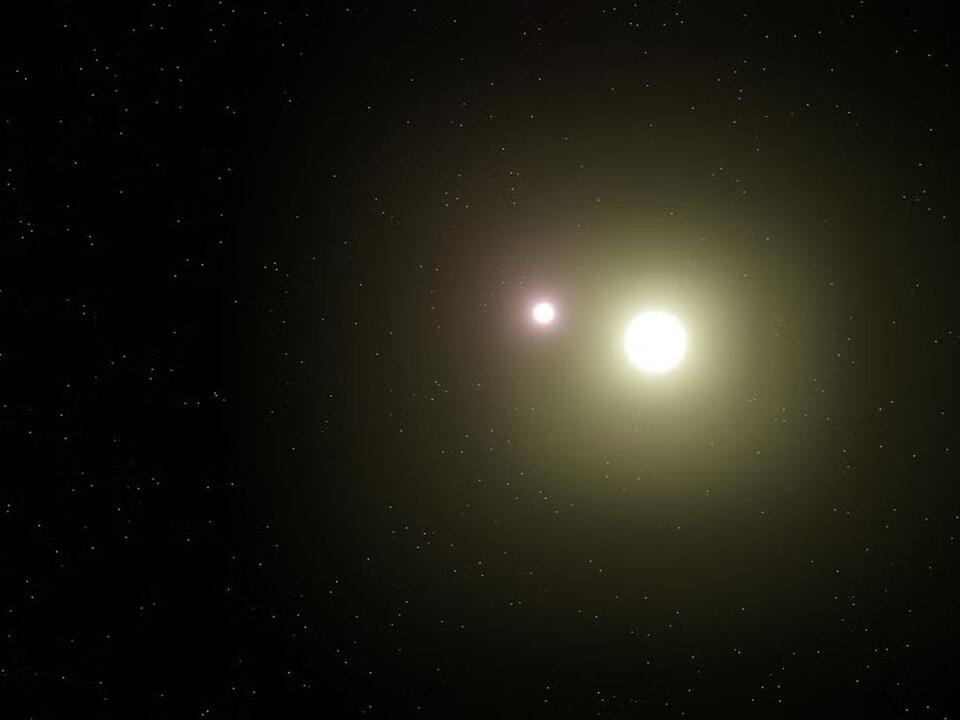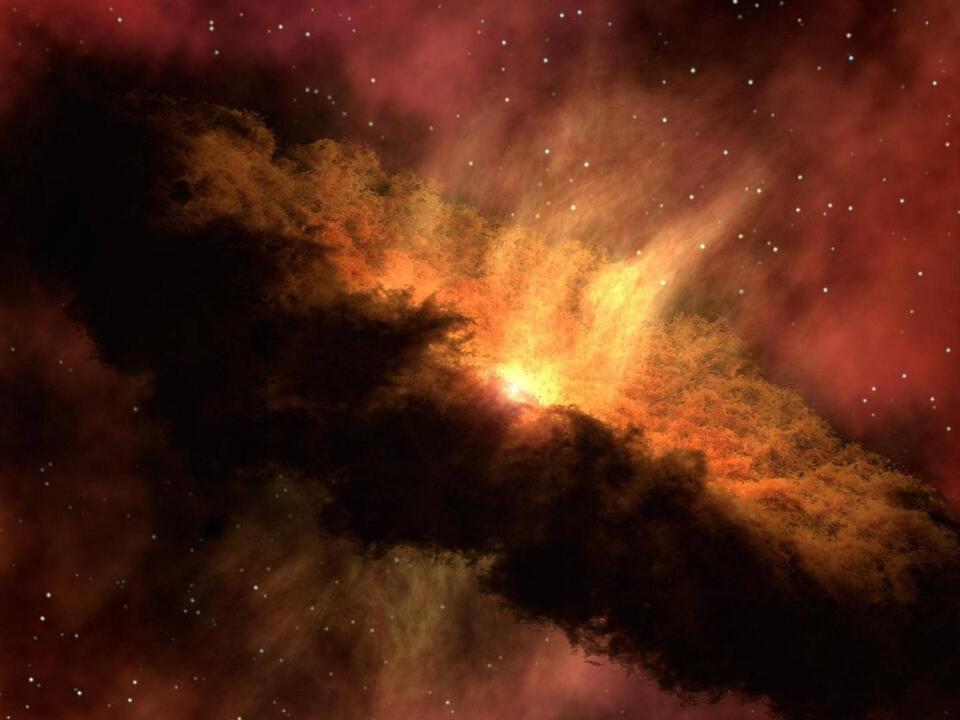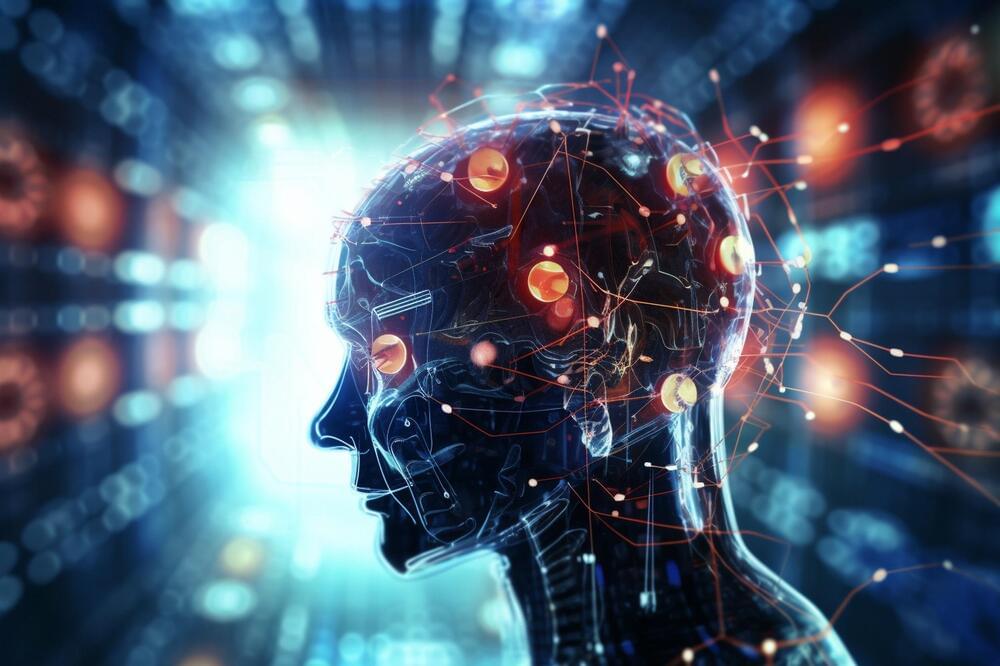The human brain is the most complex and powerful computer in the world — and, as far as we know, the universe.
Today’s most sophisticated artificial intelligence (AI) algorithms are only just beginning to offer a partial simulation of a very limited number of the brain’s functions. AI is, however, much faster when it comes to certain operations like mathematics and language.
This means it comes as no surprise that a great deal of thought and research has gone into combining the two. The idea is to use AI to better understand the workings of the brain and eventually create more accurate simulations of it. One day, it may also help us to create systems with the complexity and diversity of… More.
Explore the thrilling convergence of AI and the human brain as cutting-edge technologies like Neuralink blur the lines between science fiction and reality.
